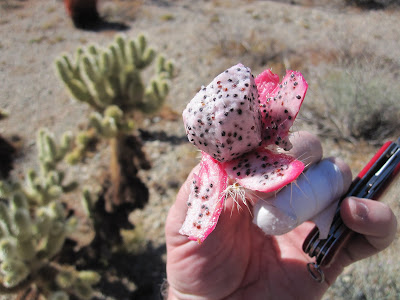I was made aware of the ship George Cannon when an individual contacted Hunter Cannon of the George Q. Cannon family website asking for more information about it. His relatives,
William Aird and his wife, Mary Hunter, had sailed from Scotland to Quebec, Canada on the ship George Cannon in 1829 and it appeared to him that the “ship was named after Captain George Cannon of your family.”
Hunter forwarded the email to me and I did some research. I found the website of the
New Jersey Lighthouse Society which reported that “scores of vessels…met their fates on the shores between the Great and Little Egg Harbors”, including the George Cannon, which ultimately led to the installation of a lighthouse there.
Then on Google Books, I found a book by Alfred M. Heston titled Absegami: Annals Eyren Haven and Atlantic City 1609 to 1904; Being an account of the settlement of Eyren Haven or Egg Harbor, and Reminiscences of Atlantic City and County during the Seventeenth, Eighteenth and Nineteenth Centuries: also Indian Traditions and Sketches of the region between Absegami and Chicohacki, in the country called Scheyechbi (Sinnickson Chew & Sons Compay, Camden, New Jersey: 1904).
On pages 187-188 it related the following about the wreck of the ship George Cannon:
"1830- In the winter of the same year (1830) the ship "George Cannon," from Liverpool, with a cargo of dry-goods and hardware, came ashore. The boxes of dry-goods were thrown overboard and soon lined the strand. The off-shore people scented the prey and came in crowds, eager for the spoils. Then began the most exciting game of hide-and-seek ever known on the seaboard. Cupidity and rapacity crushed out all sense of honor. Neighbor robbed neighbor. Holes were made in the hills and the boxes buried, but while the party who had hidden was gone to seek another, somebody would dig it out and convey it to another place of concealment. The night was bitter cold, and two men, who started for a house at Cedar Grove, perished on the hills near by.*"
[As a footnote]"*Mrs. Robert B. Leeds, of this city, has in her possession, a calico lining for a bedquilt which possesses special interest. It is a part of the wreckage from the George Cannon, which struck on the beach near where one of the piers now stands. The Cannon had an assorted cargo, part of which was thrown overboard. The vessel got off and was being taken into the Inlet when it struck again on the north side of the channel and went to pieces, a total wreck. It was a packet ship from England. The wreckage was a bonanza to people along the shore, who secured parts of it. The relic which Mrs. Leeds has is well preserved, and is a fine sample of old fashioned print and design. The first double-barrel guns ever seen in this locality are said to have appeared along the shore soon after the wreck of this vessel."
and
In Lloyd’s Register, Shipowners and Underwriters for both 1829 and 1830, the ship “Cannon” is listed, a brig of 235 tons with Captain A. Bates. Both years show the primary route as Liverpool to New York. It is owned by Smith & Co. Lloyd’s Register - Underwriters for 1830 is shown below, but it is virtually identical to the other entries.
Given the name of “George Cannon” and the Liverpool connection, it would seem there must be some connection to Captain George Cannon. A family member, a friend, a former sailor with him, perhaps John Cannon? It is ironic that the ship met its fate in a shipwreck, not all that far from where Captain William Cannon’s ship Leander also met its fate.


















































